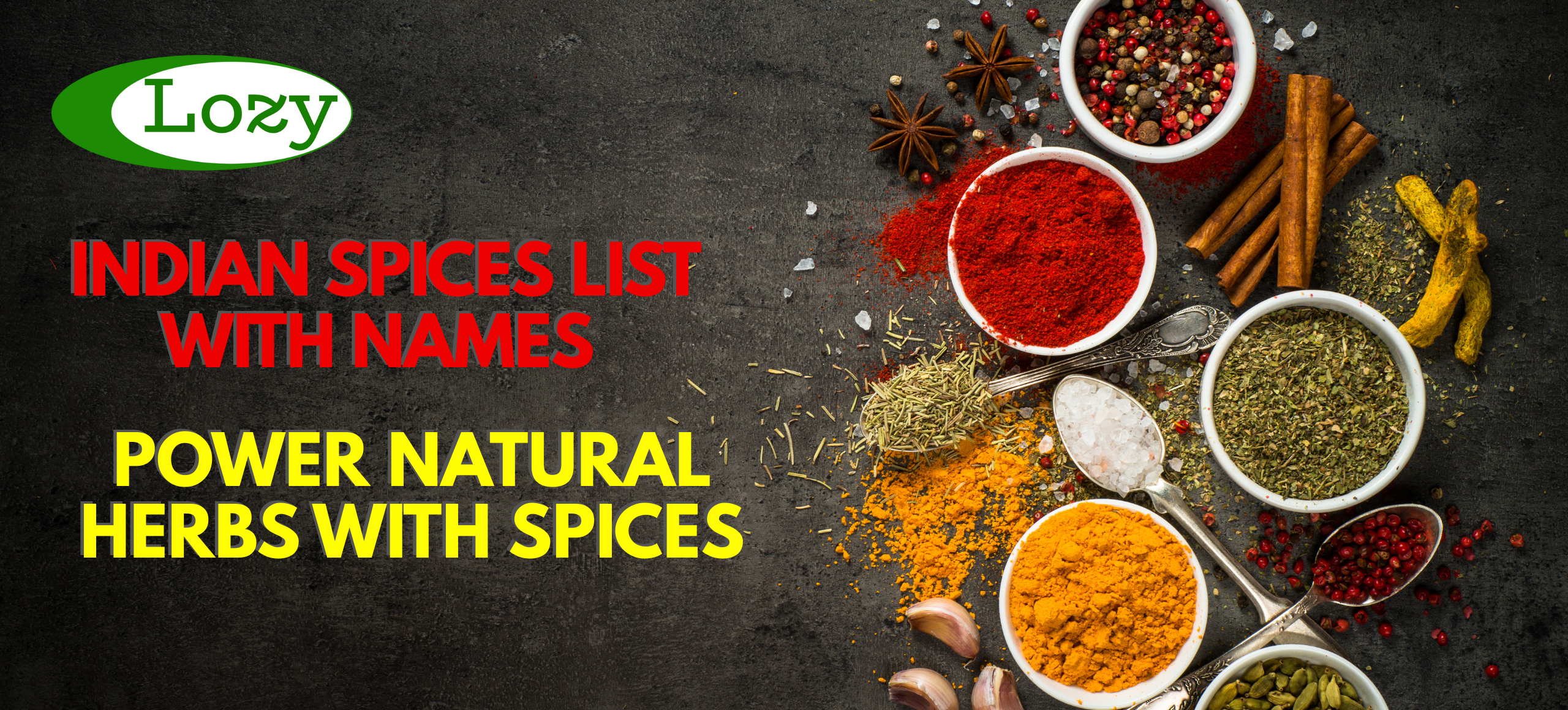Introduction
Indian food is loved and appreciated all over the globe because of the colorful and tasty Indian spices used in all the dishes. Whether you are a novice or an expert in cooking, it’s clear that Indian spices play a crucial role in enhancing the depth of flavor, aroma, and color of food. This article will equip you with essential knowledge on how to select, use, and value these spices in your kitchen. We will explore the various Indian spices, listing their names and flavoring purposes, while also discussing the health benefits of common spices. Additionally, we will provide tips on how to purchase, store, and make the most of these incredible spices (Masala). Now, let’s take a closer look at Indian spices.
Common Indian Spices List with Names
1. Cumin Seeds (Jeera)
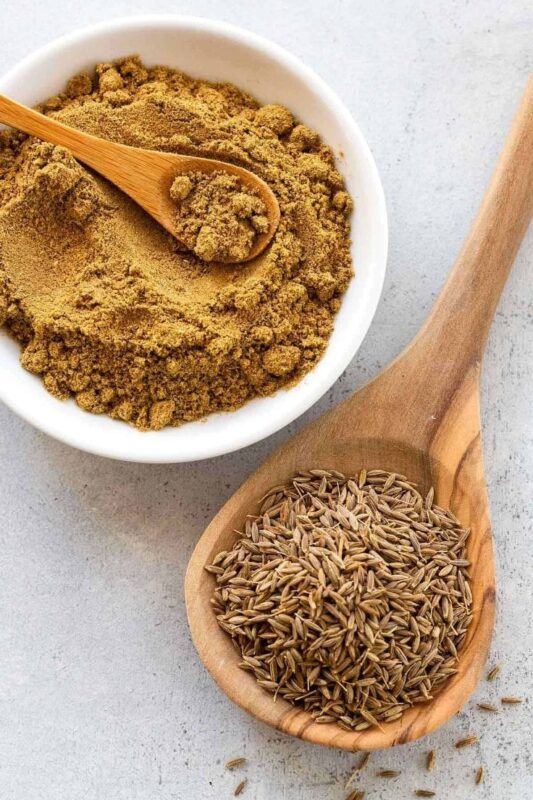
Cumin seeds, known as jeera in Hindi, have a strong earthy flavor and are commonly used in curries, stews, and dry spice mixes. These are essential ingredients in most Indian households and are beneficial for digestion.
2. Coriander Seeds (Dhania)
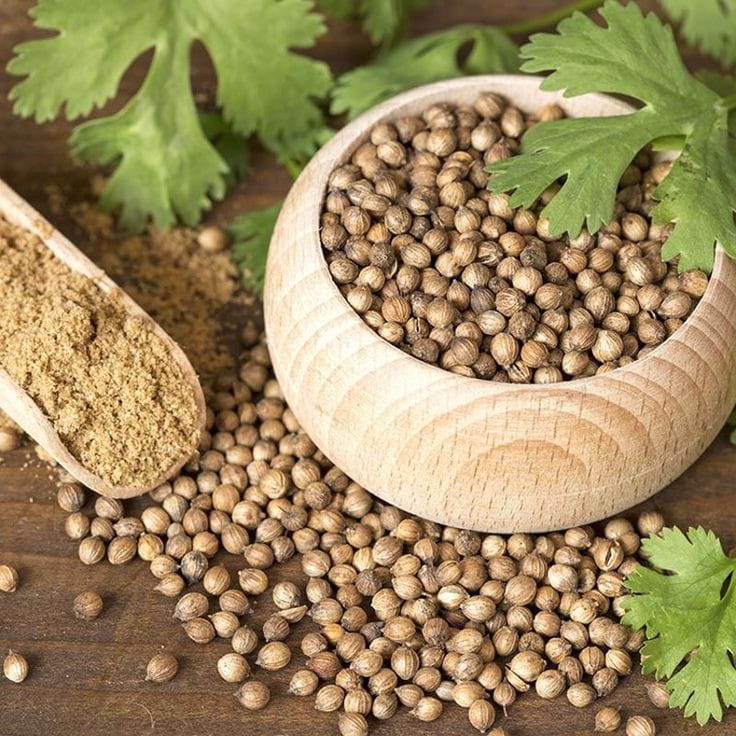
In some regions of the world, coriander seeds are referred to as “dhania.” They impart a warm, lemony flavor that enhances various cuisines. Cooks commonly include them in spice blends and toast them to release their aroma.
3. Fennel Seeds (Saunf)

Fennel seeds, known as saunf, have a sweet flavor reminiscent of licorice. They are commonly used in desserts and are known for their digestive benefits, making them a popular snack after meals.
4. Cardamom (Elaichi)

Cardamom is the spice that in Hindi is called elaichi. Due to its sweetness, it is added widely in desserts and also to constant beverages like chai. This spice is also very well-known for its ability to help in digestion as well as to odor the mouth.
5. Cloves (Laung)
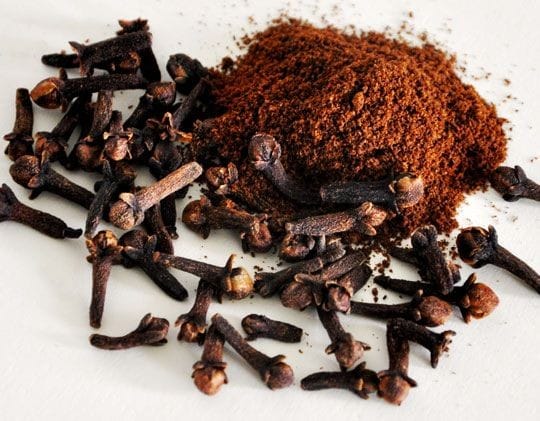
Cloves, also referred to as laung, bring a strong, taste-bud-stimulating flavor to both spicy and sweet dishes. Additionally, they offer antiseptic properties and frequently appear in folk remedies.
6. Bay Leaf (Tej Patta)
Bay leaves, or tej patta, provide a mildly floral aroma. They are commonly added to biryanis and curries, imparting depth to the dishes they flavor.
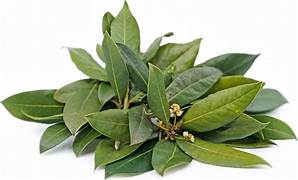
7. Fenugreek Seeds (Methi)
Fenugreek seeds, known as “methi” in Indian cuisine, offer a bland, nutty taste. Cooks often use them in homemade masalas and various dishes, as they help tone down blood sugar levels.
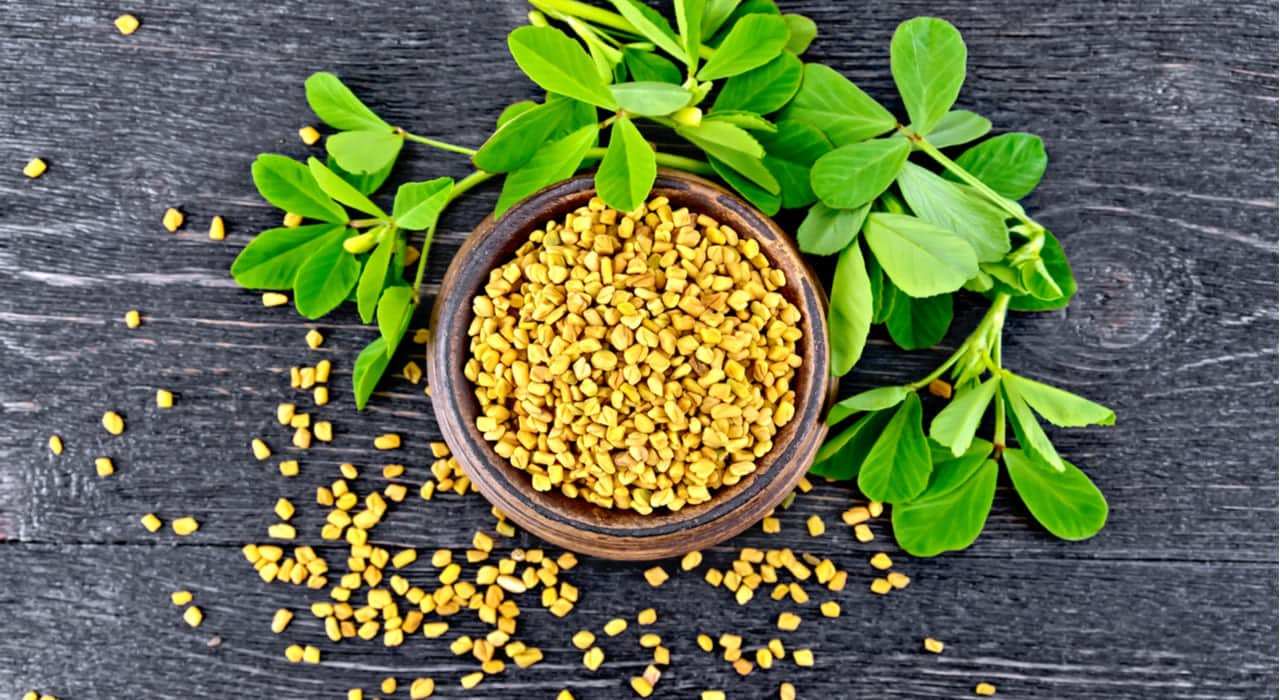
8. Mustard Seeds (Rai/Sarson)
Mustard seeds, or rai, offer a sharp, tangy flavor. They are commonly used in pickles and curries, adding both heat and flavor.
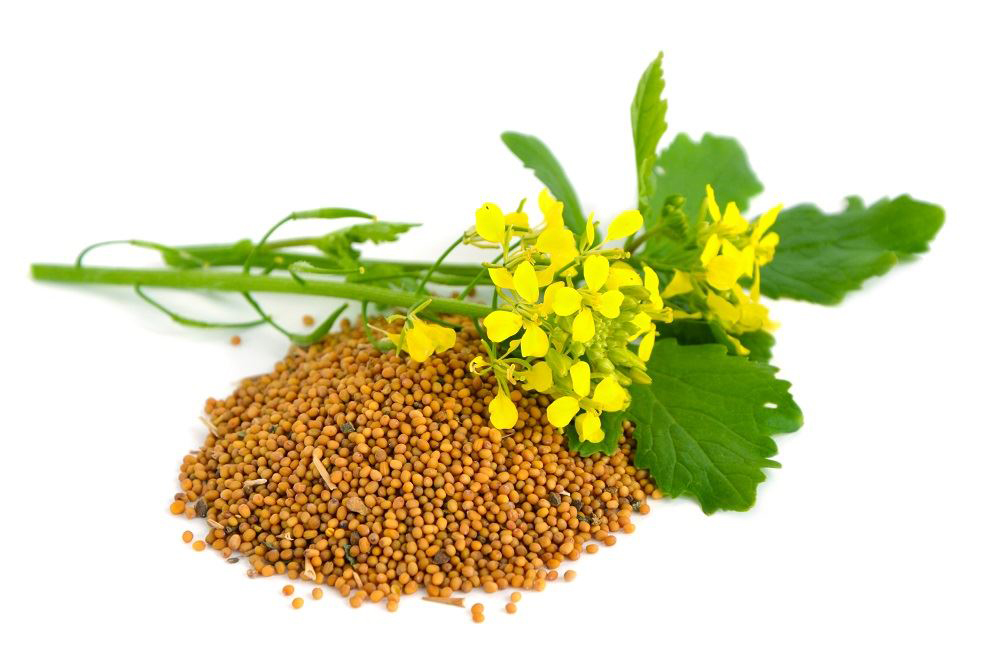
9. Black Pepper (Kali Mirch)
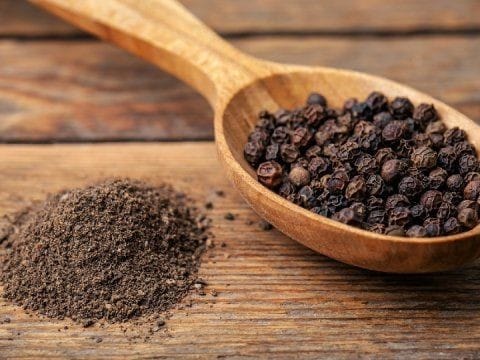
Kali mirch, or black pepper as it is popularly called, adds a spicy and fragrant seasoning extensively used in various cuisines, giving food heat and depth.
10. Turmeric (Haldi)
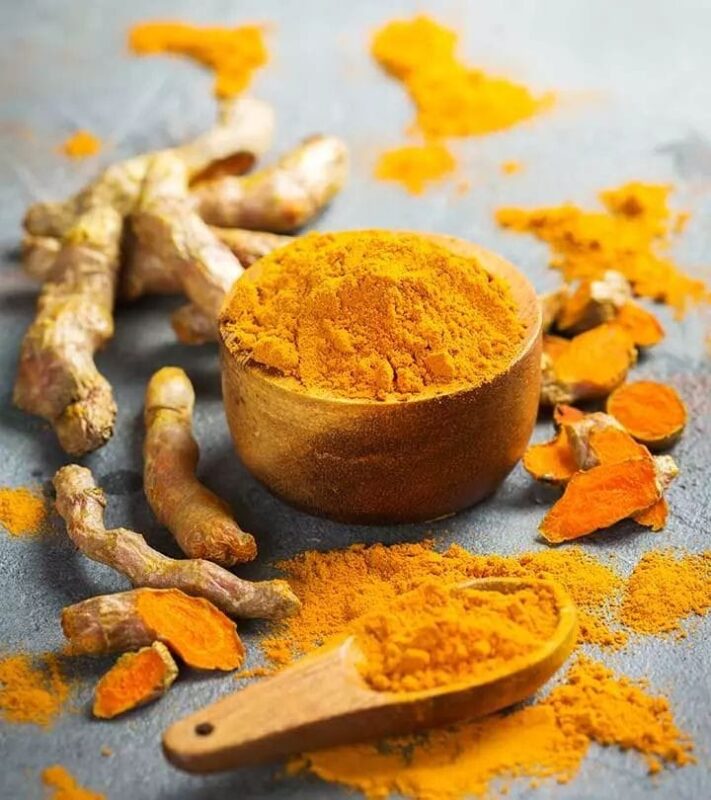
Turmeric which is popularly known as haldi has a warm and bitter taste. It is an important component of curries and is noted for its medicinal uses for inflammation.
11. Red Chili Powder (Lal Mirch)
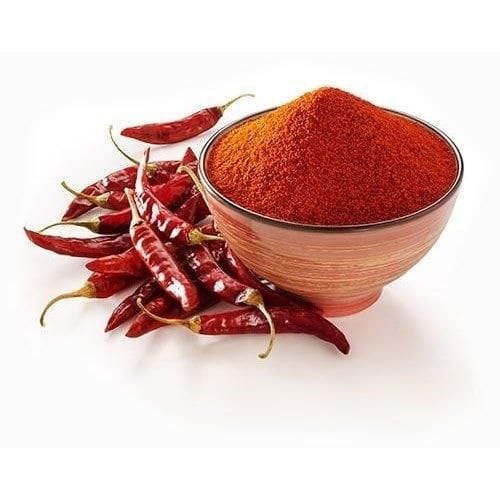
Red chili powder, referred to as lal mirch, adds heat and vibrant color to dishes. It is a staple in Indian kitchens, and essential for any spicy dish.
12. Garam Masala
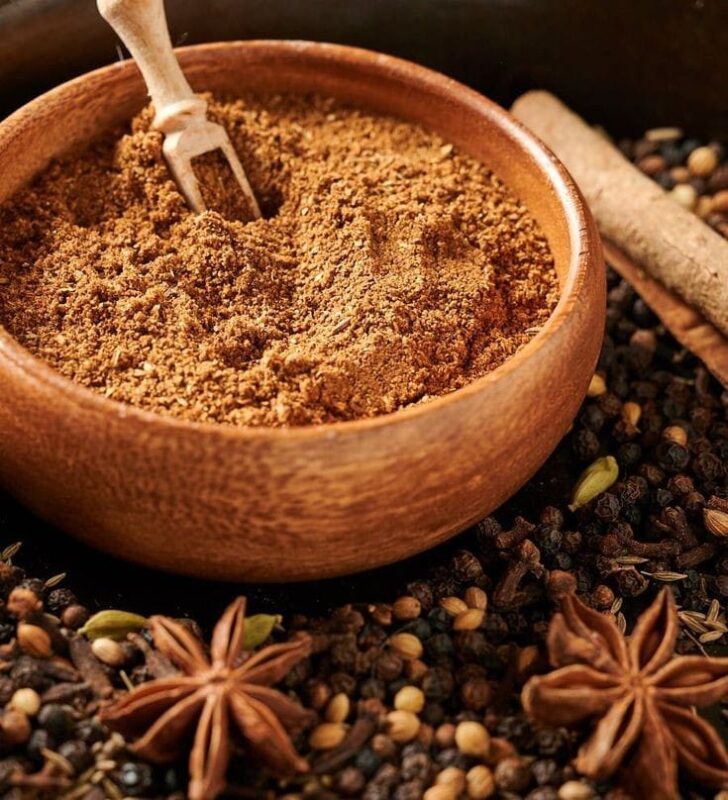
Garam masala is a blend of spices that adds warmth and depth to dishes. Each household has its unique recipe, making it a versatile spice mix in Indian cooking.
13. Dry Mango Powder (Amchur)
Dry mango powder, known as amchur, provides a tangy flavor often used in chutneys and curries. It adds a delightful tartness without the need for fresh mangoes.
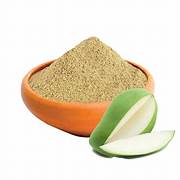
14. Asafoetida (Hing)
Asafoetida, or thing, has a strong flavor that enhances the taste of dals and curries. It is also used as a digestive aid in traditional Indian cooking.
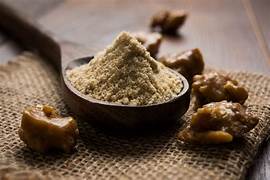
15. Curry Powder
Though not traditionally Indian, people around the world popularly use curry powder as a spice blend. It adds a mix of flavors and frequently appears in various curries.
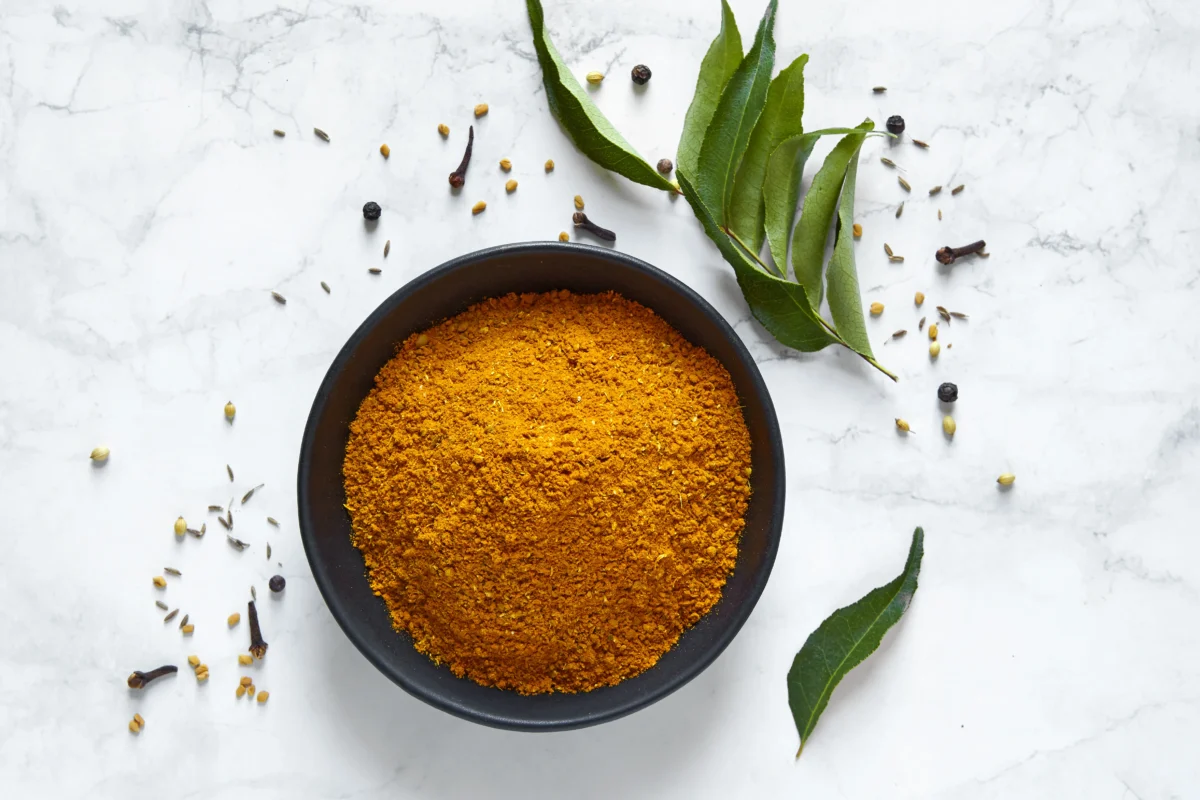
Spices Used in Indian Cuisine
1. Saffron (Kesar)
Saffron, known as Kesar, has a delicate and floral flavor. It is often used in sweets and rice dishes, adding a luxurious touch and beautiful color.
2. Kalonji (Nigella Seeds)
Kalonji, or nigella seeds, have a smoky and slightly bitter flavor. They are often used in bread, pickles, and as a garnish for various dishes.
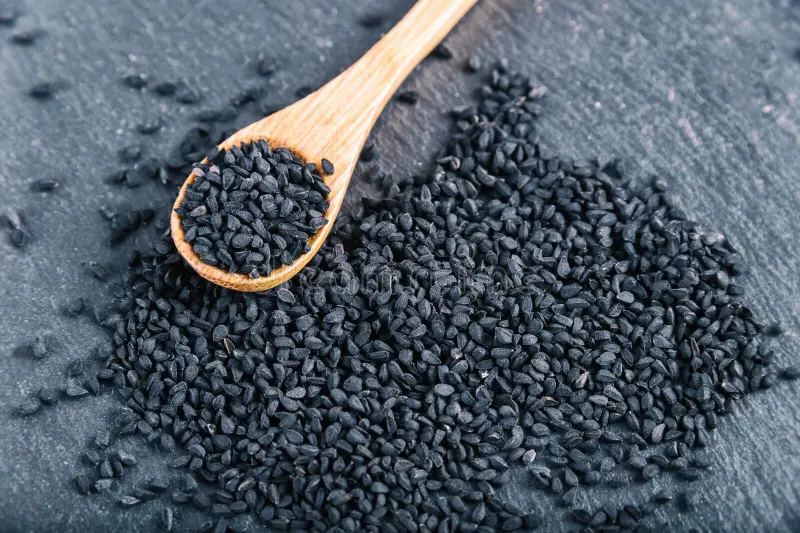
3. Star Anise
Star anise has a sweet and licorice-like flavor, commonly used in biryanis and curries to add complexity and depth.
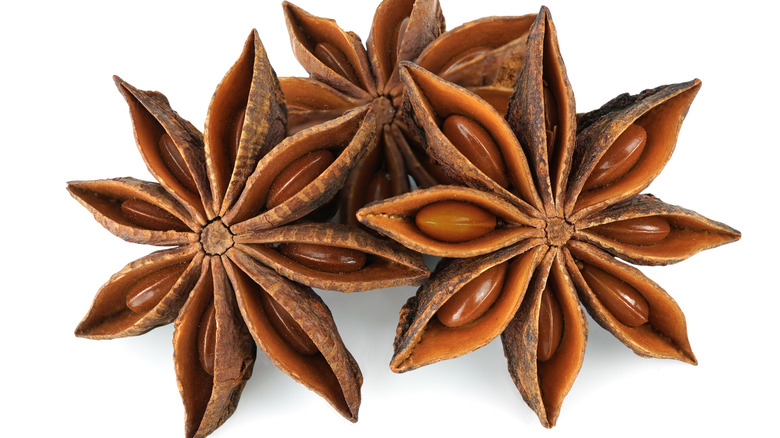
4. Mace (Javitri)
Mace, or javitri, is nutty and warm, often used in rich dishes like biryanis and desserts to impart a unique flavor.
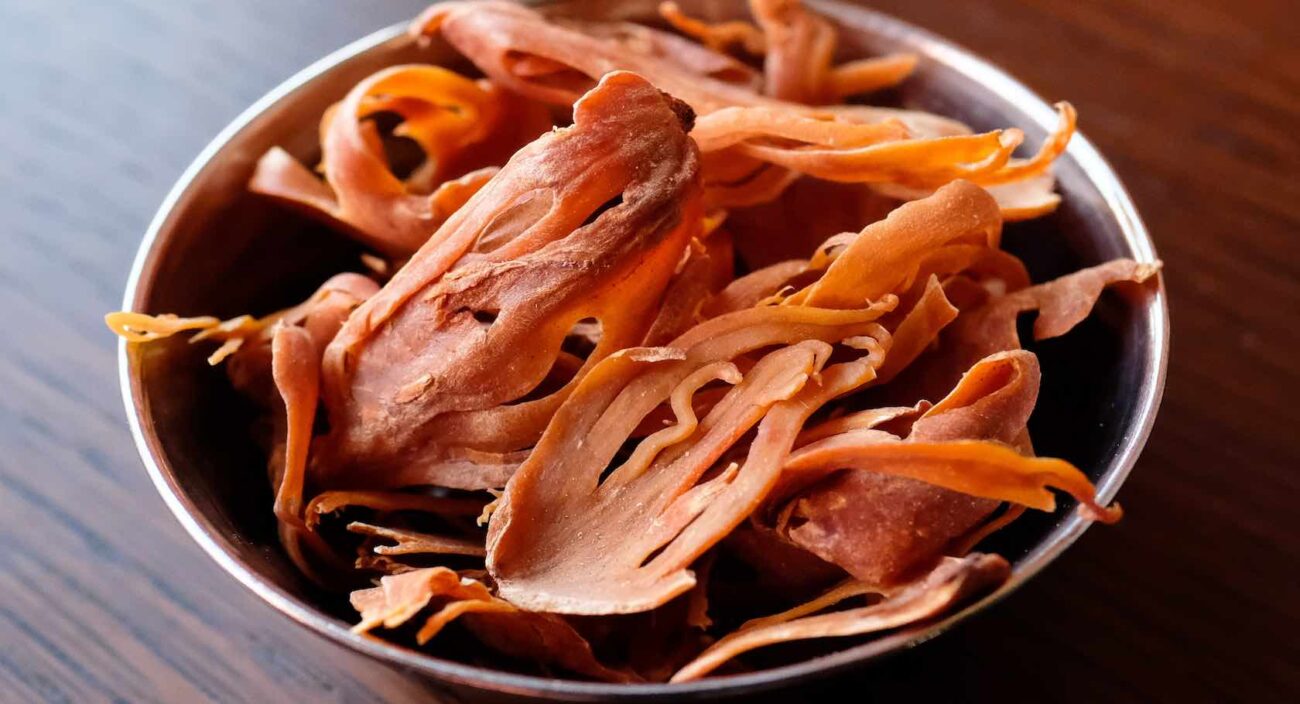
Health Benefits of Indian Spices
- Cumin provides great health benefits, aiding digestion and offering a rich source of iron, making it highly valued in Indian cuisine.
- Alternative medicine widely uses turmeric for its antimicrobial, antioxidant, and anti-inflammatory properties.
- Fenugreek is useful in managing blood sugar levels and aiding digestion.
- Black Pepper Enhances nutrient uptake and is also an antioxidant.
- Cardamom improves digestion and induces cleansing, hence the use of cardamom in chai.
- Saffron contains high levels of antioxidants and is said to improve mood and lower stress levels.
How to Store and Use Indian Spices
Storage Tips
To keep your Indian spices fresh and strong, put them in a cool, dark spot where the sun can’t reach them. Using airtight containers is important to keep their smell and taste good for a long time.
Usage Tips
For the best taste, try to use freshly ground spices. Toasting whole spices before grinding can make them more flavorful and release important oils, which adds more richness to your meals.
Tips for Buying Authentic Indian Spices
Where to Buy High-Quality Spices
Consider importing high-quality Indian spices through online portals, Indian ethnic shops, or local farmers’ markets. Choose well-known brands that prioritize freshness.
How to Identify Fresh Spices
In choosing the right Indian spices, one must scrutinize their pigmentation, scent, and feel. Fresh spices should be bright colors with pleasing smells, which is a testament to their effectiveness.
Conclusion
Delving into the realm of Indian spices can tremendously enhance your experience regarding cooking. Be it the intense essence of cumin or coriander or the rare fragrance of saffron or star anise, every spice has its own story. We motivate you to use these spices in your dishes and taste the wonderful flavors they offer. So come, explore the rich variety of Indian spices, and set out on this culinary expedition.


